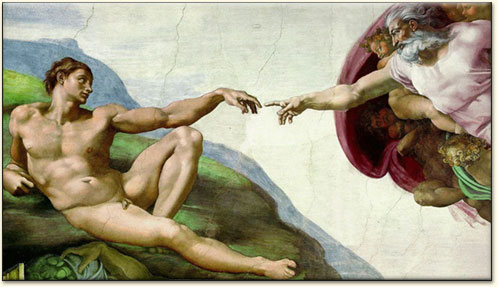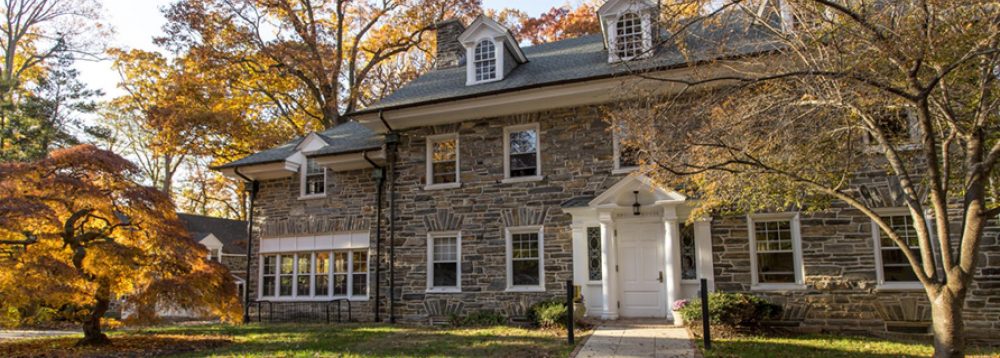Three scientists struggle to reconcile science and belief in God
By Harper Hubbeling
“Fine. I quit,” said Judy Owen.
It was a brassy move. Graduate students don’t usually march into their advisors’ offices and threaten to resign.
But Owen was mad. Norman Kliman, Owen’s thesis advisor in the biology graduate school at the University of Pennsylvania, had just threatened her belief system.
“He said he was deeply troubled by my being a churchgoer and – this is a direct quote – he said: ‘Your capacity to accept anything on faith is detrimental to your progress as a scientist,'” recalls Owen, in a heavy English accent.
“I told him that I felt my spiritual life was my guide,” she says, “it was my moral compass. It was a part of who I was and I could no more cleave that from myself than I could cut off a finger or an arm.”
As far as Owen was concerned, if Kliman felt she could not succeed as a spiritual scientist, she “needed to get out of science right then.”
But Kliman backed down. Owen did not quit.
Thirty-one years later, Owen, a professor and researcher of immunology at Haverford College, is still in science. And she is still spiritual.
Owen is not alone. According to a 2007 study from the University of Buffalo, 48% of U.S. scientists report a religious affiliation. Yes, this is less than the 76% of the general population that claims affiliation. But it still raises eyebrows.
Half of U.S. scientists don’t see a conflict between faith and science? Why not?
Kliman wasn’t just some crazy old spiteful professor. He’s hardly the first to suggest that science and the church might clash – the two don’t exactly have a history of getting along. Witness the long and continuing dispute among Creationists and scientists over when and how life began on earth.
But 48% of scientists have found a way to live in both worlds. Three Haverford scientists, Owen and her colleagues Jenni Punt and Fran Blase, are among those living with the tension between science and faith. Listening to their stories, how they’ve wrestled with being “believers” in science, we see that embracing both worlds is possible – but not always easy.
Continue reading

 shared their experiences of growing up as Asian-Americans.
shared their experiences of growing up as Asian-Americans. groups, so she has to attend their shows. And then she has to clean her room, a testament to all of the above strewn with playbills, posters, and rugby gear.
groups, so she has to attend their shows. And then she has to clean her room, a testament to all of the above strewn with playbills, posters, and rugby gear.


